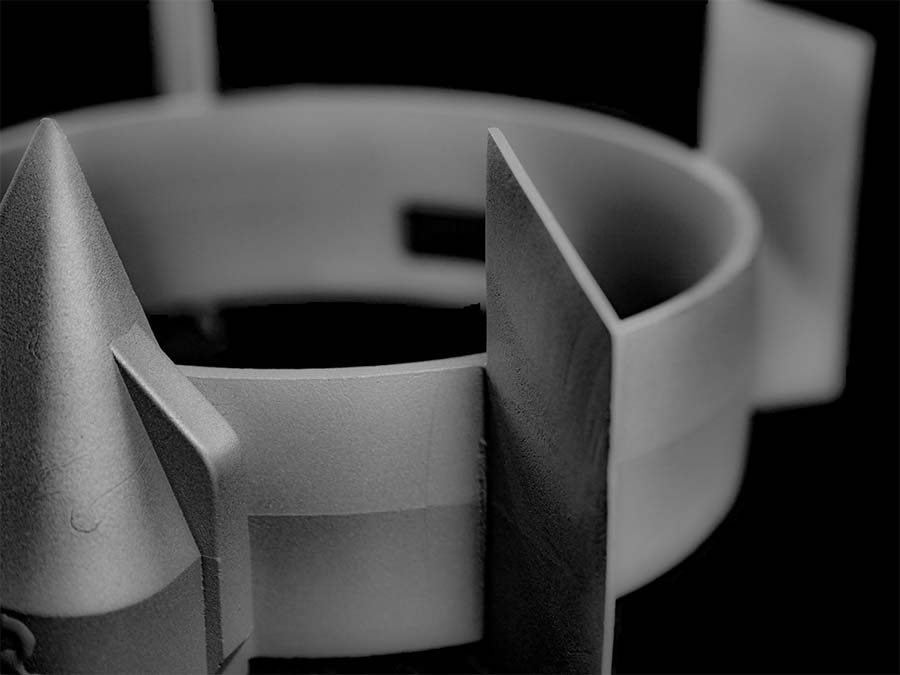Barron Industries is a turnkey foundry with a long tradition of delivering high-quality castings. To meet our customers’ varying quantity needs, we’ve partnered with a reliable offshore sand casting partner in India.
Prototype, low-volume, and gap sand casting production are handled from our plant in Michigan. As volumes increase, we can offer large-quantity production from our offshore partner to help you lower costs. Every casting is received into and inspected at our U.S.-based facility to ensure it meets our quality standards. Additionally, we have a policy of holding several weeks’ inventory on-site as a safeguard against any supply chain disruptions.

Their high-strength sand castings are used in many industries including mining, construction, heavy truck, automotive, pumps & valves, rail and material handling. Applications include crawler shoes, GET’s and crusher parts for excavators, rope shovels, draglines, gyratory crushers, jaw crushers and other machines.

Sand casting is an expendable mold process that uses inexpensive patterns to create the mold cavity, resulting in lower tooling costs while allowing for short-notice tool modifications.
Other benefits include:


Speak to one of our experts today to learn more about our custom casting solutions.